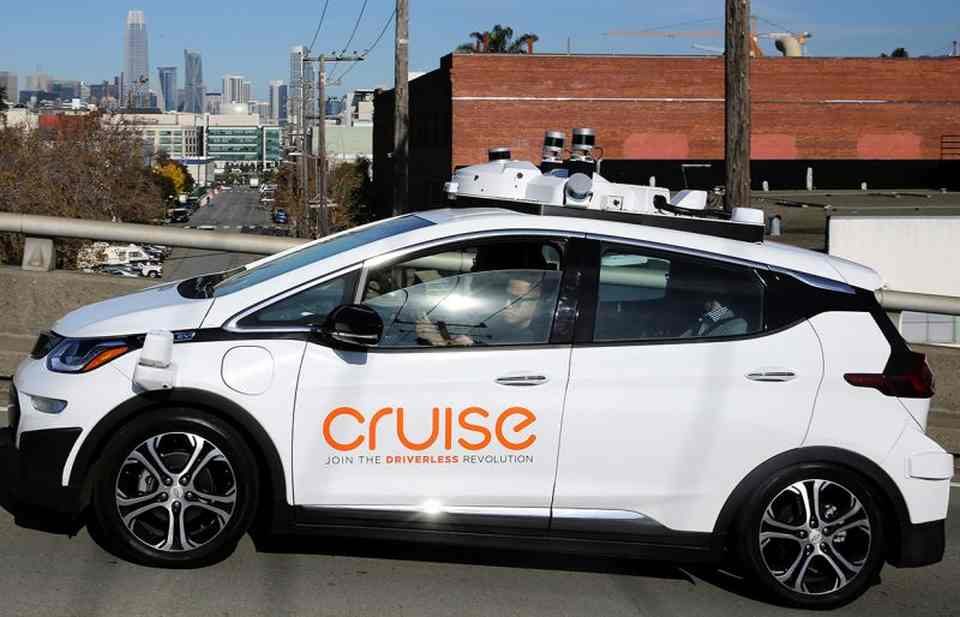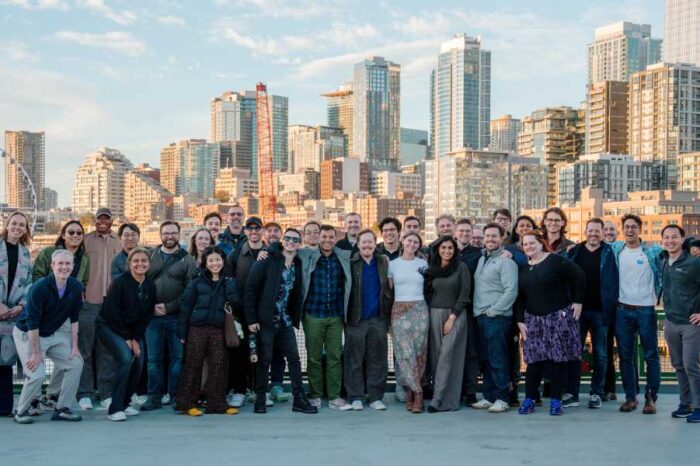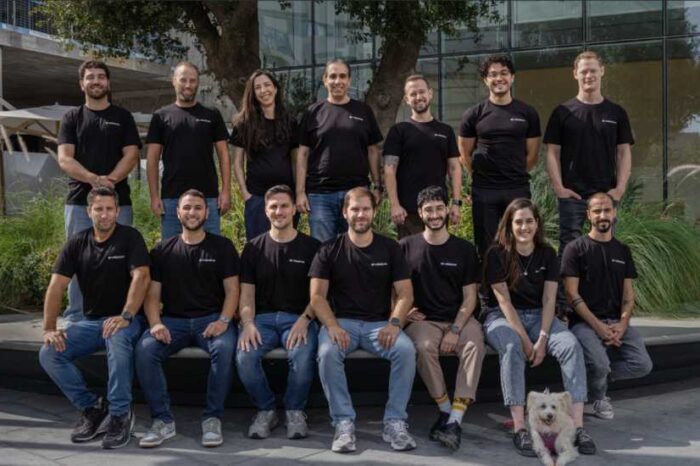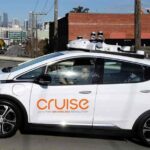Cruise lays off 50% of its workforce after GM cuts funding to robotaxi operations

- General Motors is cutting about half of the remaining staff at its now-defunct Cruise robotaxi division.
- The decision follows GM’s announcement two months ago that it would stop funding Cruise after investing more than $10 billion since acquiring it in 2016.
- GM pointed to the competitive landscape, shifting investment priorities, and the significant time and resources required to scale the business as key factors behind the move.
Cruise is cutting close to half of its workforce, including its CEO and several top executives, as the company prepares to shut down operations.
The layoffs were announced in an internal email by Cruise’s president and chief administrative officer Craig Glidden. Affected employees received a separate message from Chief Human Resources Officer Nilka Thomas.
The news of the layoff comes a month after General Motors decided to exit the robotaxi market, pulling the plug on Cruise’s funding rather than integrating the team into its broader tech division. GM has spent more than $10 billion on its robotaxi efforts since acquiring it in 2016.
What remains of Cruise will be folded into GM as the automaker shifts focus to refining its hands-free driver assistance system, Super Cruise, and eventually launching personal autonomous vehicles.
CEO Marc Whitten is leaving this week, along with Thomas, Chief Safety Officer Steve Kenner, and Global Head of Public Policy Rob Grant. Chief Technologist Mo Elshenawy will stay through April to assist with the transition.
“As a result of the change in strategy we announced in December, today we will part with nearly 50% of our Cruise employee base, through a reduction in force,” Glidden wrote in the company-wide email. “Anyone who has been through a reduction knows that days like this are extremely difficult, and today is no different. With our move away from the ride-hail business and toward providing autonomous vehicles to customers alongside GM, our staffing and resource needs have dramatically changed. Today’s actions align our teams to our new needs, and focus our efforts on continuing to build world-class AV technology.”
As of January 2024, Cruise had around 2,100 employees, based on estimates from sources tracking internal company channels. That suggests more than 1,000 people could be affected by the cuts.
“Cruise shared the difficult decision to part ways with approximately 50% of its workforce,” the company said in a statement. “We are grateful for their passion and contributions to help us reach this stage, and our focus is on supporting them into their next chapter with severance packages and career support. While not an easy decision, we are focused on combining efforts with General Motors to accelerate autonomy at scale on personal autonomous vehicles.”
This follows another round of layoffs in 2023 when Cruise cut 900 jobs—about 24% of its workforce—just a day after dismissing nine key leaders over concerns about how the company handled a fatal accident that year.
GM’s shift away from robotaxi services marks a major change in direction, closing a chapter on what was once a key part of its push to become a tech-driven company. With billions invested and no clear path forward, the decision underscores the unpredictable nature of the autonomous vehicle industry.
Cruise was founded in 2013 by Kyle Vogt and Dan Kan.




